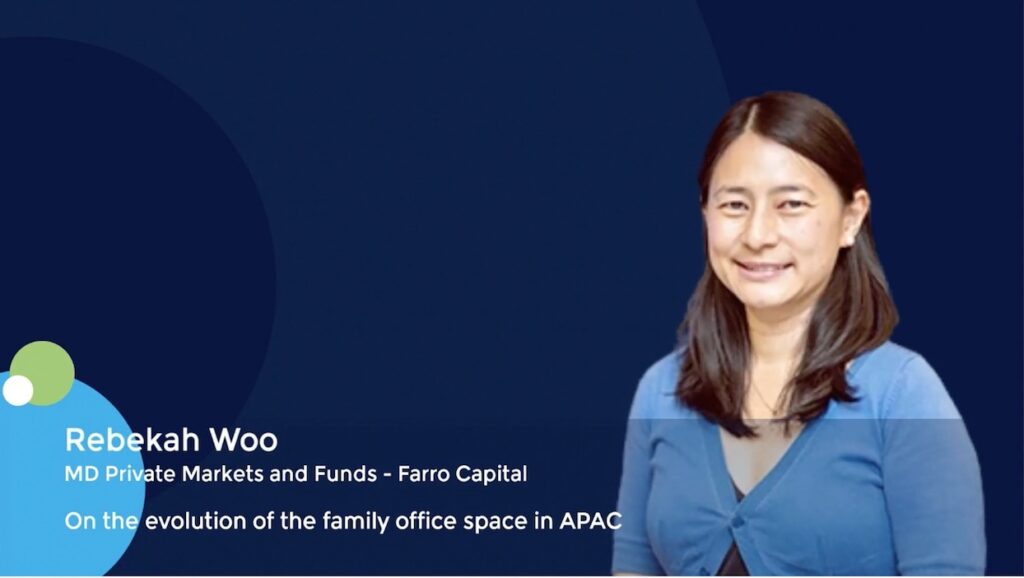Deal focus: India’s ChrysCapital makes first SaaS acquisition
ChrysCapital, an experienced IT services investor, took its time landscaping India’s burgeoning software industry before placing its chips on workforce management player ProHance
India’s ChrysCapital, founded in 1999, has spent much of the last decade pursuing IT services buyouts. This is a mature market in India versus software-as-a-service (SaaS), which only began to seriously develop as an industry in the country relatively recently.
ChrysCapital kept tabs on SaaS during this time, but the deals were too small and there was too much to do in IT services. About two years ago, the research intensified. In the middle of last year, the GP began due diligence on its first viable SaaS target.
“The market is still evolving and still maturing, but it is doing so at a very rapid pace, and within a short period of time, in the next few years, growth could be exponential,” said Akshat Babbar, a managing director at ChrysCapital.
“Therefore, we want to be geared up to accelerate our pace of investment as the market grows. That’s how we thought about it – we wanted to plan a flag early in the SaaS ecosystem.”
ChrysCapital has acquired a 75% stake in workforce analytics and operations enablement SaaS platform ProHance for less than USD 50m. It is probably the firm’s smallest investment since its pre-buyout days in the early 2000s.
The scaling uncertainties implied by the size of the deal contributed significantly to the protraction of the due diligence process; ChrysCapital took 18 months versus a usual average of 2-4 months.
There was also the matter of getting comfortable with pulling the trigger on the first SaaS transaction. SaaS benefits from recurring revenue and high growth margins but has weaker immediate cash generation versus IT services and can suffer from high cash burn. Many SaaS companies are not profitable, but this is not a core metric for ChrysCapital.
“The primary considerations for us are always growth, scalability, and business quality. Profitability here becomes useful to the extent that it helps answer the question around unit economics and business quality,” Babbar explained.
“When profitability is high, the answer is obvious. It doesn’t mean that when profitability is low, the answer is negative. It just means you need to spend more effort figuring out whether low profitability is because of poor unit economics.”
Babbar describes ProHance as “extremely profitable” and indeed the most profitable company in its category despite having the most affordable offering. The company is said to have grown at more than 50% a year for the past few years. The pandemic accelerated adoption but was never the main driver of growth.
ChrysCapital discovered ProHance in 2018 when it was helping a portfolio company, GeBBS Healthcare Solutions, a ProHance client, with a cost optimisation exercise. ProHance was looking for a strategic partner that could help it scale multi-fold from current levels. A secondary objective was to provide an exit to a large passive shareholder.
The plan is to help expand the customer base in markets such as the Philippines, Australia, and South America. Operations currently focus mainly on India and the US, with the latter expected to be the dominant growth market soon.
One of ProHance’s largest customer segments is IT services and business process outsourcing (BPO), which plays neatly into ChrysCapital’s track record and ability to make introductions. The existing senior leadership will remain intact.
Babbar also sees upside in ProHance’s differentiators in product quality and customer retention. The company claims a net promoter score of 70%. “ProHance has hardly lost a customer in the last few years,” Babbar said. “Anyone who adopts it gets these massive benefits as a result and is virtually a customer for life. We haven’t seen that in too many companies.”












